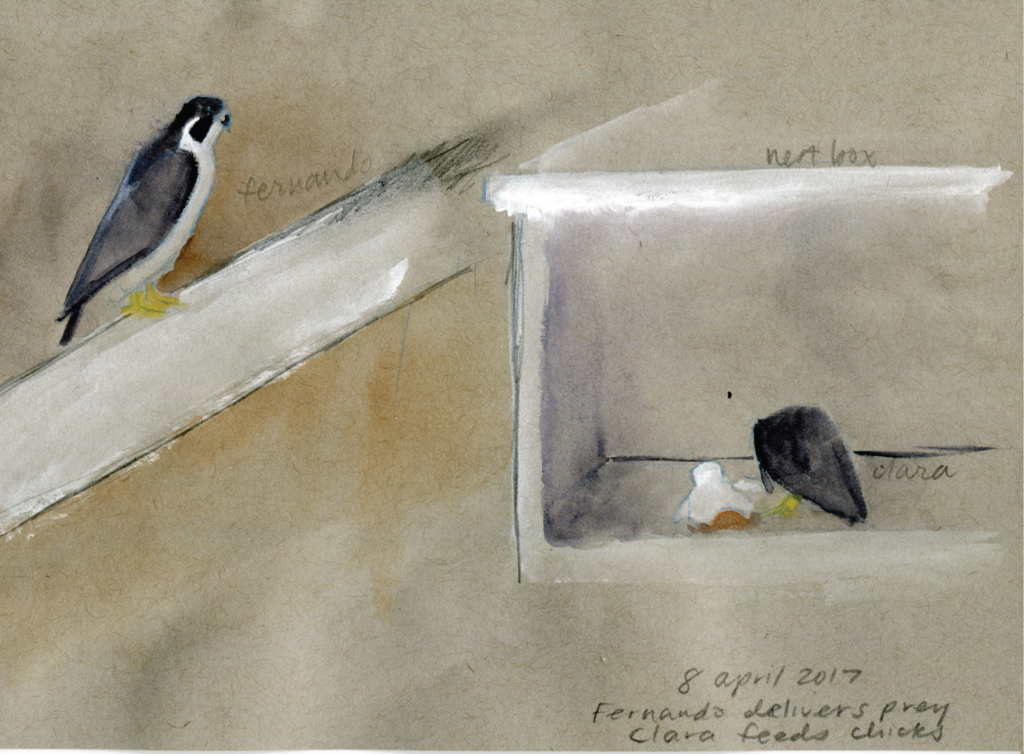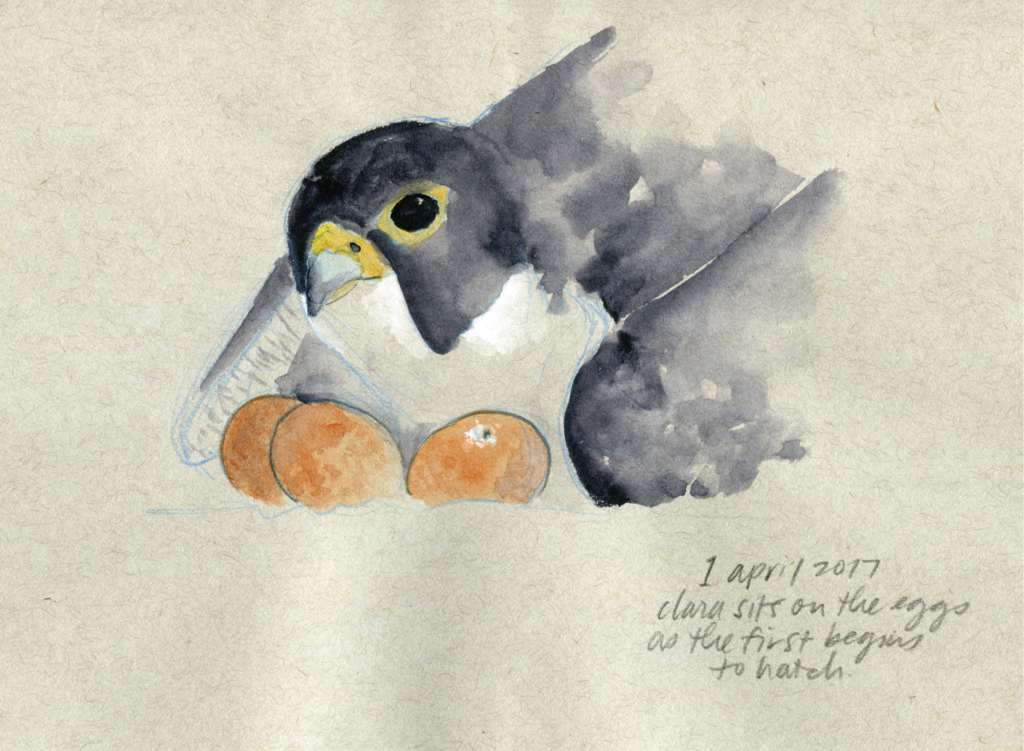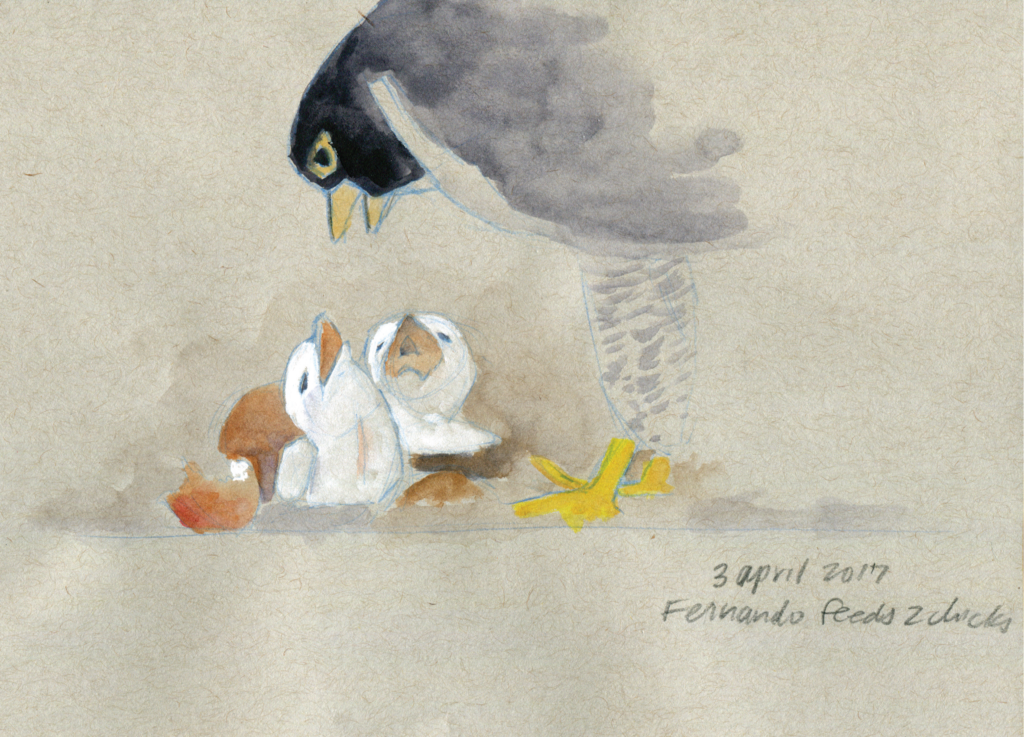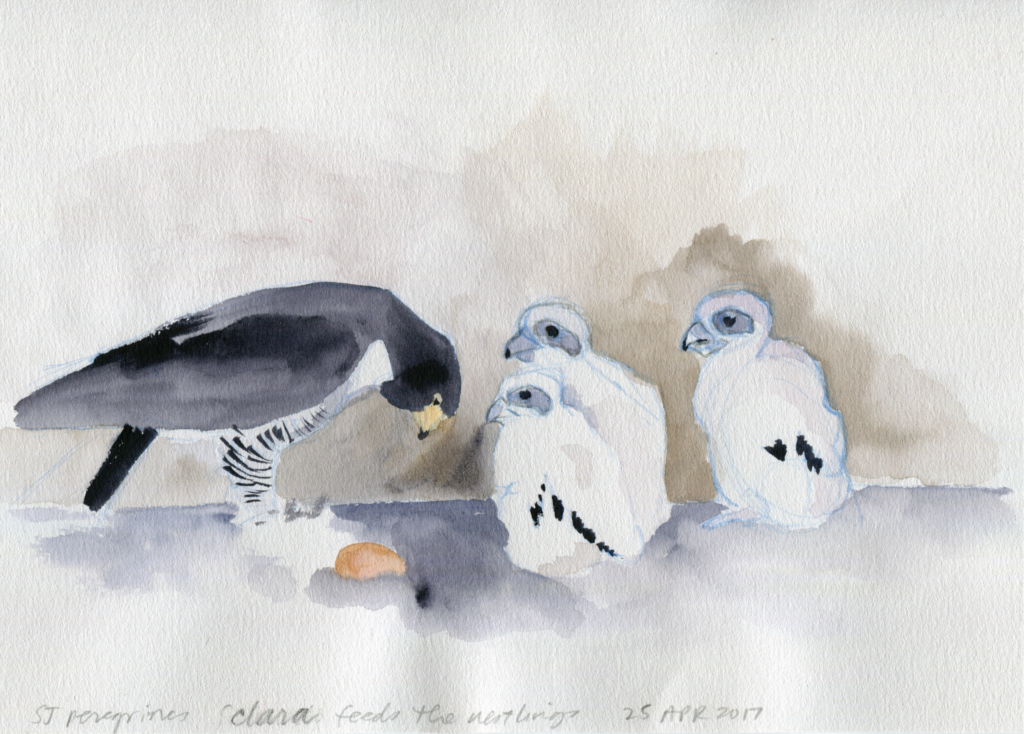Explore science illustration with artists featured in our annual exhibit, The Art of Nature, and get tips for how to make your own science illustrations at home. This post is from Yvonne Byers.
As they say, “curiosity killed the cat”. Luckily I’m a human with one life to learn as much as I can about the amazing world we live in.
—Yvonne Byers
Prompt: Engage Your Senses
There are so many great ways to use a nature journaling project to connect to your local habitat(s). One of my favorites is sequential observations — making notes and sketches about an organism you observe over time. Spring is a great time to do this because there are so many visible changes happening in our environments.
Your yard may look like a bunch of weeds but somewhere hidden amongst the chaos is an oasis you can indulge in for a little while.
Find a sit spot in your yard where there is something that has caught your eye. Take a comfortable seat and before even putting pen to paper just sit and take everything in. Use all your senses to hear, see, smell, feel, and maybe even taste the elements, plants, and critters that surround you.
Do a quick free write to get your brain juices flowing and then sketch away and enjoy the comfort and beauty of your own home!
Explore more of Yvonne’s art here.




